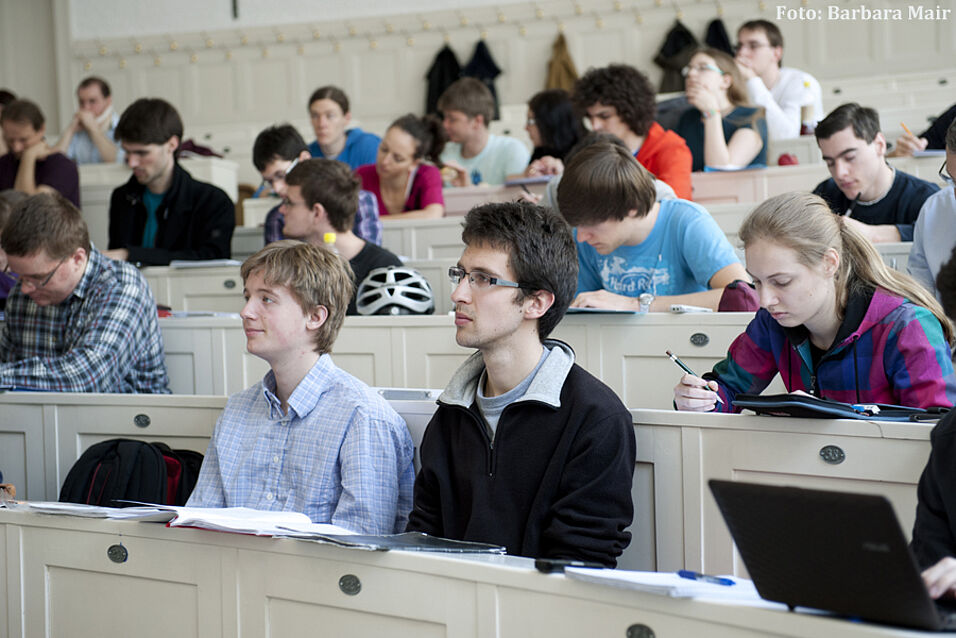Electron-induced damage is one of the major challenges in imaging biological matter with electron beams. We will discuss two techniques that open possibilities for dose-effective measurements:
First, we will discuss ponderomotive electron beam shaping [1]. An electron beam interacts with a shaped high-intensity laser pulse, which induces a phase shift proportional to the local light intensity. Since the light intensity distribution can be shaped arbitrarily, we can use this to arbitrarily shape the wavefront of an electron beam. We demonstrate concave and convex electron lensing and the ability to program complex electron deflection patterns. This beam-shaping technique is lossless and doesn't induce inelastic scattering. It can be used for the realization of a phase plate, an aberration correction plate, or adaptive measurement schemes.
Second, we will discuss optical near-field electron microscopy (ONEM) which has been proposed as a way to circumvent electron-induced damage [2]: In ONEM, a sample is probed non-invasively using light, and the resulting near-field interference patterns are converted into an electron current using a photocathode. The emitted electrons are then imaged with nanometric resolution using an aberration-corrected Low Energy Electron Microscope (LEEM). For sample-photocathode distances much smaller than the optical wavelength (z≪λ) this allows for label-free superresolution microscopy of interfaces. After introducing the basics of this new imaging concept, we will discuss the first steps toward the implementation of ONEM.
17:00 get-together with coffee and snacks!

